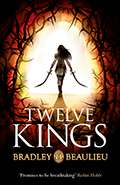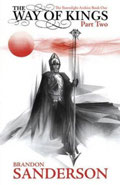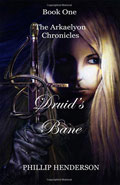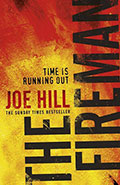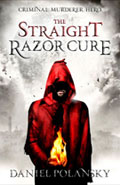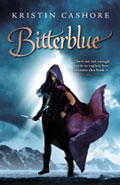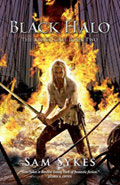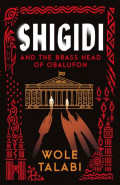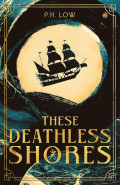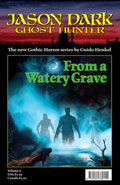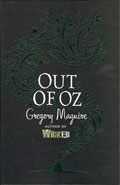Tithe
By Holly Black
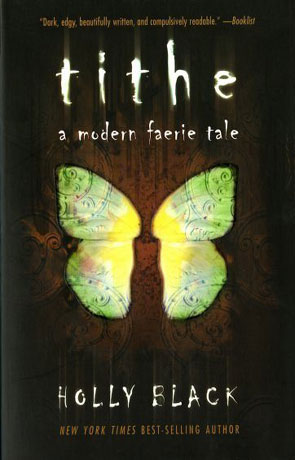
- Tithe
-
Author: Holly Black
-
Publisher: Margaret K McElderry Books
- ISBN: 9780689867040
- Published: February 2003
- Pages: 336
- Format reviewed: E Book
- Review date: 18/03/2013
- Language: English
- Age Range: N/A
I first read Tithe when I was young, probably the same age as the main character, Kaye—16. I was entranced. It was so dark, so beautifully written, and so enticing. I wanted more of the silver knight, more of the deliciously dark faery world. It isn’t by any means glorious—there’s teen drinking, gruesome images, and the novel teems with sexuality.
One of the misinformed reviews I read about Tithe claimed that the book should be rated R, and I just laughed. I wanted to take this woman by the arm, who claimed that she would never let her daughter read that book, and I wanted to say, “Sweetheart. Life is rated R. Your daughter will go through things that you would never want for her and cannot possibly imagine. Where’s the harm in a book that shows these darker sides of life, and show a strong, able, female character overcoming them?”
In fact, I find this to be remarkable and immensely important for young women. When I initially read Tithe, I lived vicariously through Kaye. I smoked cigarettes and drank bourbon and I fell in love with someone very dangerous. And I loved it.
It would seem that readers either love or hate Tithe. There is no real in-between. I am, obviously, a lover of the book. But a common complaint is that a reader finds the writing messy, the plot confusing, the book strange. These are all things that I loved. The writing is descriptive, but the descriptions are sharp and poignant rather than dragging, and the confusing plot just needs a little bit of attention. The strangeness calls to me—I’m intrigued by the bizarre faeries, the often disgusting scenes. To me strange is fascinating and interesting and creative.
The novel follows Kaye and her mother, coming back to where she grew up to live with her grandmother. You meet Kaye’s childhood imaginary friends—faeries. Soon, we discover that Kaye is a changeling and she’s truly a pixie; and now she’s caught up in a twisted plot between the Seelie and Unseelie Faery Courts. Along with the deception comes Roiben, a silver knight caught in between it all, and Kaye likes him.
Despite how much I adore the book, there are some things I found lacking when I reread the book as adult. When I was 16, I found Roiben to be perfect—brooding, sexy, and protective. Now that I’m into my twenties, he seems so much more two dimensional. Same with Corny, who Kaye becomes friends with—he’s the older brother of her childhood best friend. Their friendship seems sudden and forced, and much of the time that Kaye spends in the human world seems like it’s there to push the story along rather than add to it.
As it is with reading in general, it’s all preference. And despite Black’s predictable plot line, several plot holes, and sometimes two dimensional characters, she created something beautiful in Tithe. She created a girl who is real. Kaye doesn’t try to impress, Kaye isn’t there to be an archetype of the girl we should all be. Kaye is Kaye and she is herself, and that is something I find admirable in Young Adult literature.
In short, I would definitely recommend Tithe as a read to any and all readers—especially lovers of faeries and modern fantasy.
Written on 18th March 2013 by Vanessa .
